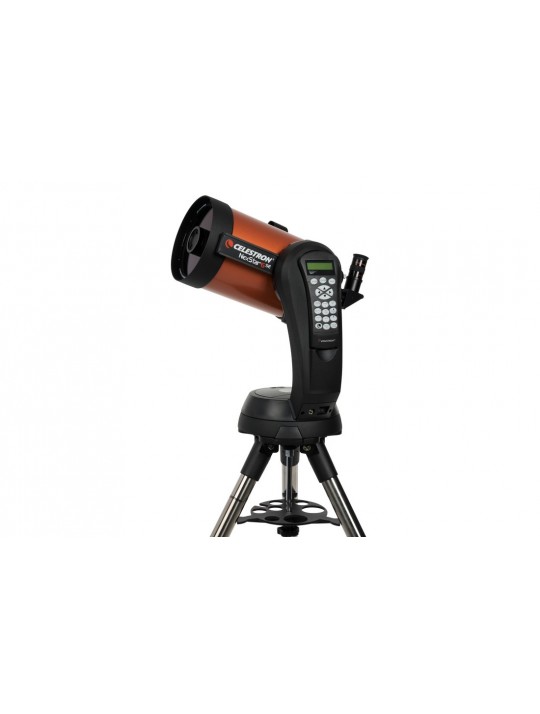Product Description
The SBIG Research Series cameras (as well as all current SBIG ST-7/8/9/10/2000 USB cameras) support a separate and optional Remote Guide Head that can be installed in the Astrodon MOAG off-axis guider to duplicate all the functions of the built-in tracking CCD in the STL camera, including the fast readout function required to control the AO-L. This essentially moves the on-board guiding CCD from behind the filters within the camera body to a position in front of the camera body and its built-in filter wheel. The light from a guide star is therefore intercepted before going through any filter that might be used for imaging, potentially increasing the guide star signal strength by a factor of 3 over a guide star whose light must pass through RGB filters and by a factor of >100 over an H-a filter. This allows you to take full advantage of the image-sharpening benefits of the AO-L, no matter what filter is being used, even filters that make starlight nearly invisible to the imaging CCD. It also improves the camera's self-guiding performance when using narrow-band filters.
The large 2.4" aperture of the MOAG will accommodate CCDs up to the 35mm-sized KAI-11002 imaging detector used in STL-11000 cameras. The MOAG includes a separate adapter with 2.1" male threads that screw into the STL camera's accessory plate. The adapter has a V-groove that fits into the MOAG and is tightened down with 4 set screws. In this way, the AO-L/MOAG system can be rotated to the vertical position shown in the feature image below and locked into place. The AO-L adaptive optics system itself in turn threads into the MOAG just as it would into the STL camera. A variety of adapters can then be used to connect the assembly to the telescope. The MOAG takes up 2" of back focus and the STL V-groove adapter takes up another 3/8".
The MOAG has an adjustable pick-off prism that extends into the internal opening of the MOAG from the top. It is positioned just outside the light path of the camera's imaging CCD. This prism directs the light from a guide star out at a right angle from the normal light path to the optional Remote Guide Head. The pick-off prism is attached to a plate that contains a screw-in holder for various beam reduction/extension lenses. A 1.25" Borg helical focuser that holds the 1.25" nose piece of the Remote Guide Head is also secured into this pick-off prism plate.
The distance between the pick-off prism and the focal plane of the Remote Guide Head must be identical to the distance between the pick-off optic and the focal plane of the imaging camera. This distance will vary due to the use of different imaging cameras, filters wheels, and other accessories, such as in-line focusers. The MOAG, designed specifically for the STL cameras, comes with a -250mm focal length plano-concave lens in the replaceable lens holder, since that focal distance is fixed by the design of the STL cameras. This places the focal plane for the Remote Guide Head at the approximately correct distance to achieve a fine focus using the Borg helical focuser built into the MOAG.
The MOAG can also be adapted to use with the AO-L with any ST-7/8/9/10/2000 camera USB camera equipped with a Remote Guide Head. Simply add the optional #OptionA replacement V-groove ring with a T-thread camera interface instead of the 2.1" thread required for the STL cameras.
Tech Details
| Warranty | 1 year |
|---|














